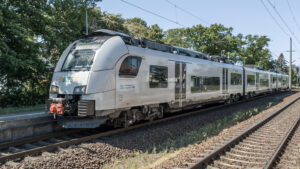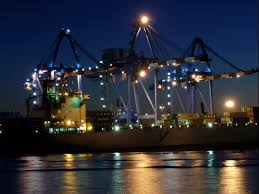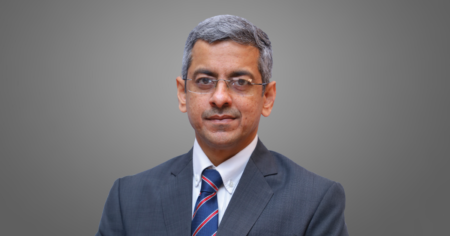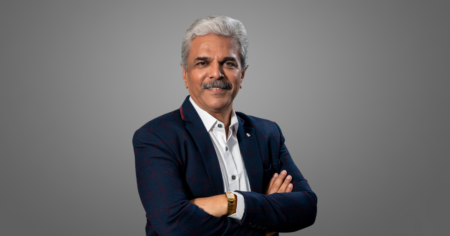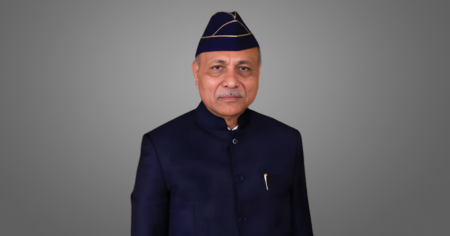Manish Soin, Senior Vice President – Export Control & Customs, Asia Pacific, Siemens Healthineers, shares strategic insights on overcoming temperature, regulatory, and infrastructure challenges in pharma logistics through technology integration, resilient planning, and global best practices.

India must align with global best practices to strengthen its pharmaceutical cold chain
As global temperatures rise and climate events become increasingly unpredictable, pharmaceutical cold chains face heightened vulnerability. “Temperature excursions are no longer rare disruptions—they’re becoming more frequent risks,” warns Manish Soin. Beyond weather, the regulatory landscape has grown increasingly complex. Global standards such as WHO, EMA, and region-specific frameworks demand continuous monitoring, rigorous documentation, and enhanced traceability. Simultaneously, there’s an amplified push for sustainability, making compliance not just about safety but also about environmental responsibility.
Multiple pain points
India and other emerging markets encounter several layered challenges: fragmented supply chains, inconsistent infrastructure, high operational costs, and a persistent risk of human error. “Security and reliability across borders continue to be major concerns,” Soin adds. “These aren’t isolated issues—they’re interconnected bottlenecks that can compromise life-saving medicines if not addressed systemically.”
Technology leading the way
Fortunately, technology is revolutionising cold chain resilience. Next-gen, energy-efficient refrigeration systems are reducing carbon footprints while maintaining precise conditions. “The use of IoT-based sensors for real-time tracking of temperature, humidity, and location is a game changer,” says Soin. This not only allows for proactive issue resolution but also enhances end-to-end accountability. Even more promising is the fusion of IoT with blockchain technology—creating tamper-proof, transparent records of every stage in the supply chain, which bolsters trust and compliance.
Building resilience proactively
According to Soin, resilience must be built, not hoped for. He advocates for renewable energy backups, diversified transportation routes, and real-time monitoring to proactively counter disruptions. “Risk management planning must include climate contingencies and strengthen collaboration among supply chain partners,” he explains. Investing in temperature-controlled packaging, automation in handling processes, and alternative modes of transport is equally important to minimise vulnerability.
Solving the last-mile challenge
Last-mile delivery, particularly in rural or remote regions, is where the cold chain often breaks down. Soin points to emerging solutions like PCM-based packaging, IoT-powered portable refrigeration units, and vehicles custom-designed for last-mile use. “Strategically placed micro-storage hubs and drones can bridge access gaps,” he suggests. Additionally, collaboration with local health networks and NGOs can ensure deliveries reach their final destination with minimal risk.
India’s way forward
To strengthen its pharmaceutical cold chain, India must align with global best practices. “Standardised monitoring, robust infrastructure, and trained personnel are the foundation,” Soin notes. Encouraging public-private partnerships, incentivising sustainable technologies, and learning from advanced cold chain ecosystems in Europe and North America will help the country build a more reliable, future-ready network—ultimately supporting health access and trade growth on a global scale.

